Yucca plants are amazing additions to your home or garden, known for their striking appearance and easy maintenance. If you’re a beginner or an experienced gardener, looking after yucca plants is rewarding.
We’ll tell you the basics of yucca plant care to ensure you have all the knowledge you need to help your yucca grow. These tough and adaptable types of yucca plants can handle various conditions, making them ideal for newcomers. Taking care of yucca plants involves understanding their basic needs. We’ll see each aspect into simple tips to help you achieve a growing yucca plant—no need to worry if you’ve struggled with plants before.
Let’s find out how to keep your yucca plants looking their best and add natural beauty to your space.
What is a Yucca Plant?
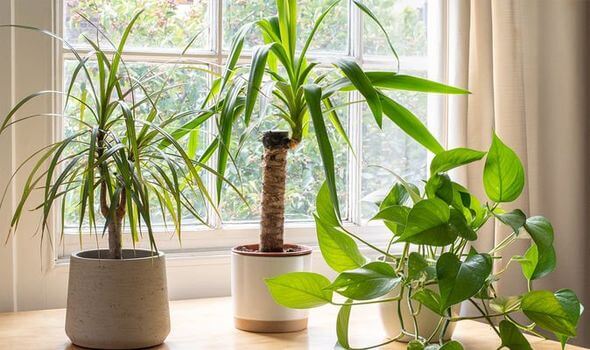
A yucca plant is a tough and attractive succulent from the Agavaceae family. These plants originally come from dry areas in North and Central America. They are known for their unique sword-shaped leaves and tall height. Yucca plants have different types, but they have some things in common. The most noticeable thing is their cluster of long, slim leaves that can be green or blue-green, and some types have patterns on them.
Yucca Plant Care
1. Pruning Technique
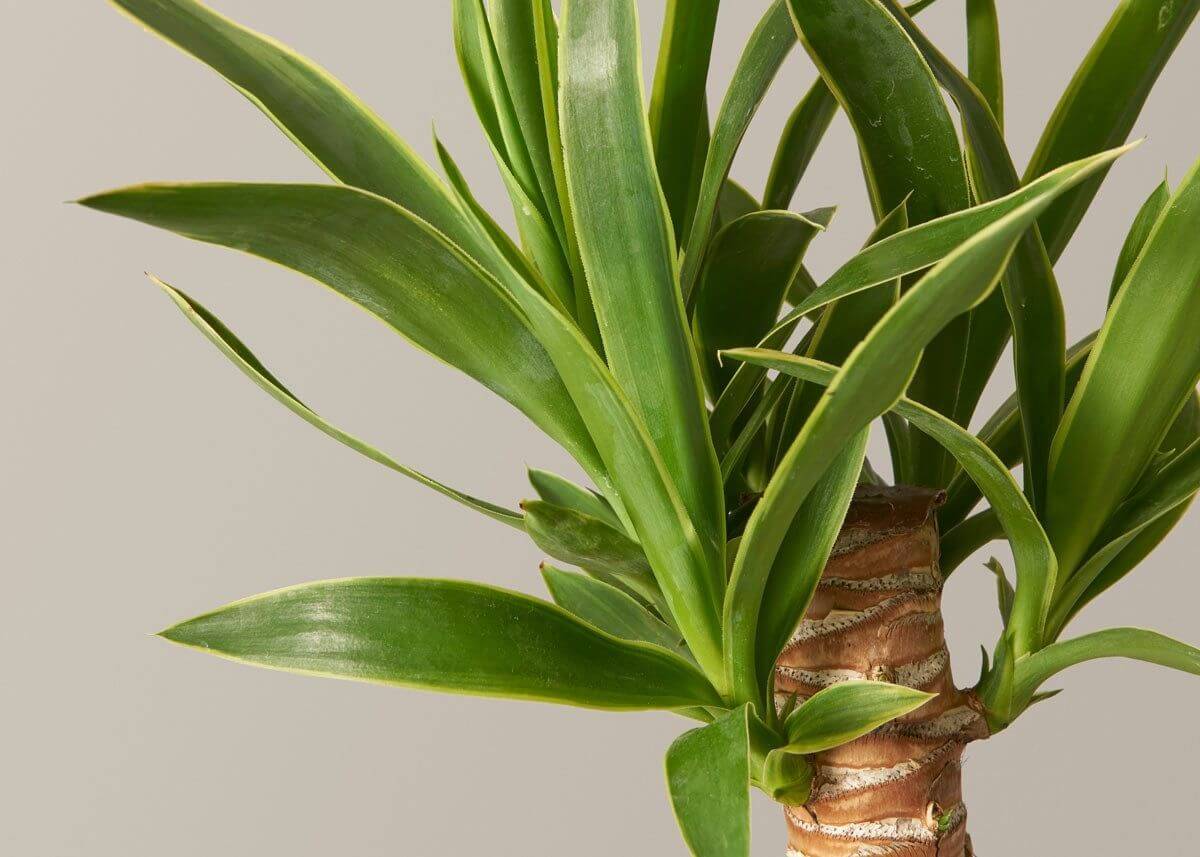
Pruning yucca plants is important for keeping them healthy and looking good. Even though yucca plants don’t need much care, trimming them now and then can help. Here’s how to do it. First, use sharp pruning shears to cut off any dead or damaged leaves at the bottom. Be careful because yucca leaves can be sharp if your yucca grows too tall. You can cut the top part of the stem in late winter or early spring to make it shorter and bushier. Regular pruning doesn’t just make your yucca plant look nice. It helps air flow better, which reduces the chance of it getting sick from fungus.
2. Proper Light

Good lighting is important for keeping your yucca plants healthy. These sun-loving succulents really enjoy being in bright, but not too harsh, sunlight. They can handle full sun, but if you’re growing them inside. Put them close to a window that faces south or west. This way, they can get lots of nice indirect sunlight during the day. If your yucca lacks light, it might grow tall and thin without making many flowers. But be careful; if they get too much direct sunlight, their leaves can get burned, especially in really sunny places.
3. Required Soil
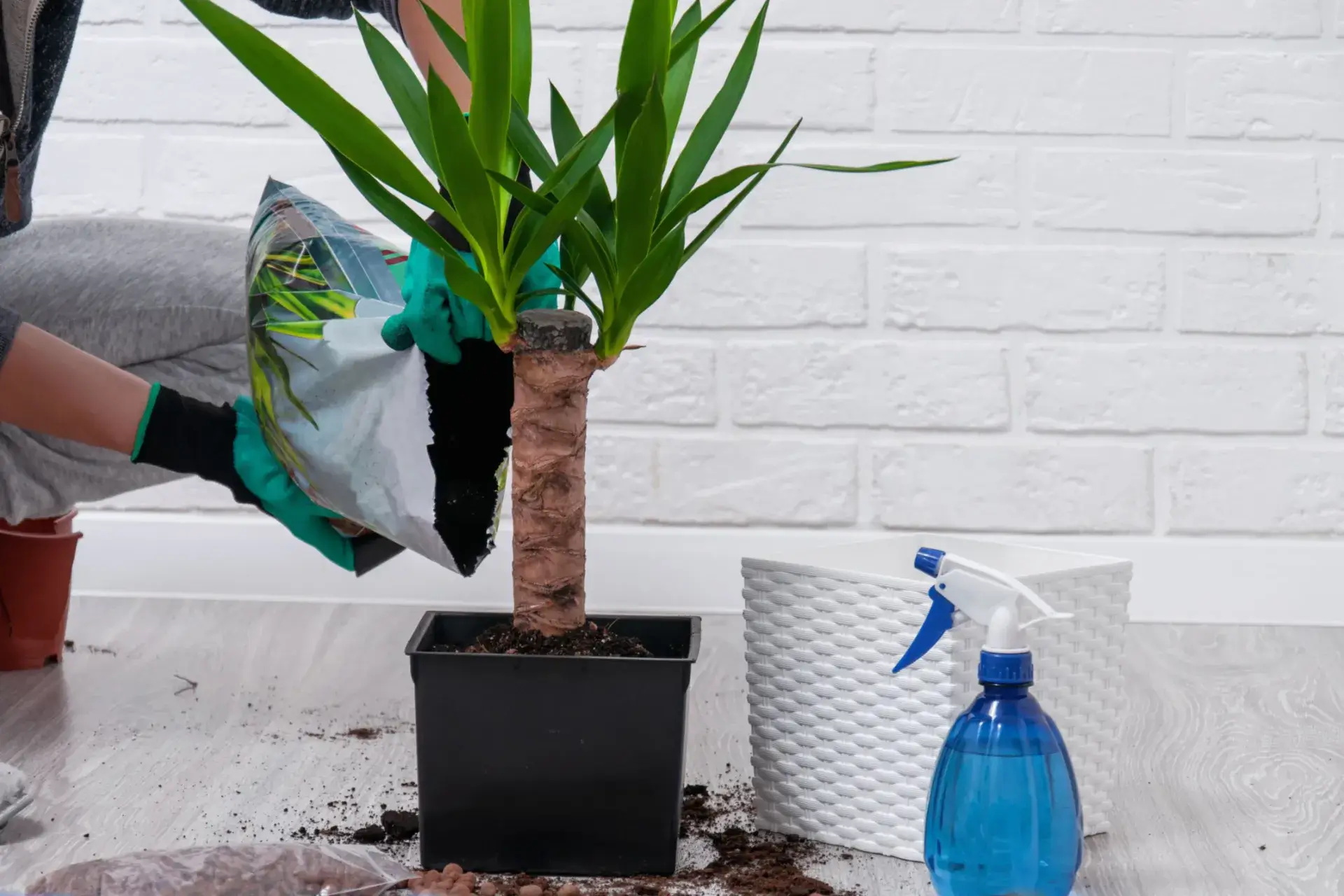
Selecting the right soil is important for taking care of yucca plants. Yuccas really like soil that drains well because it helps prevent a common problem they face, which is root rot. To make the perfect soil for them, you can mix cactus potting soil or sandy soil with perlite. This mix allows water to pass through the soil easily, so the plant’s roots don’t end up sitting in water, which can harm them. When you put your yucca in a pot, be sure the pot has holes in the bottom so that any extra water can drain out.
4. Adequate Fertilizer
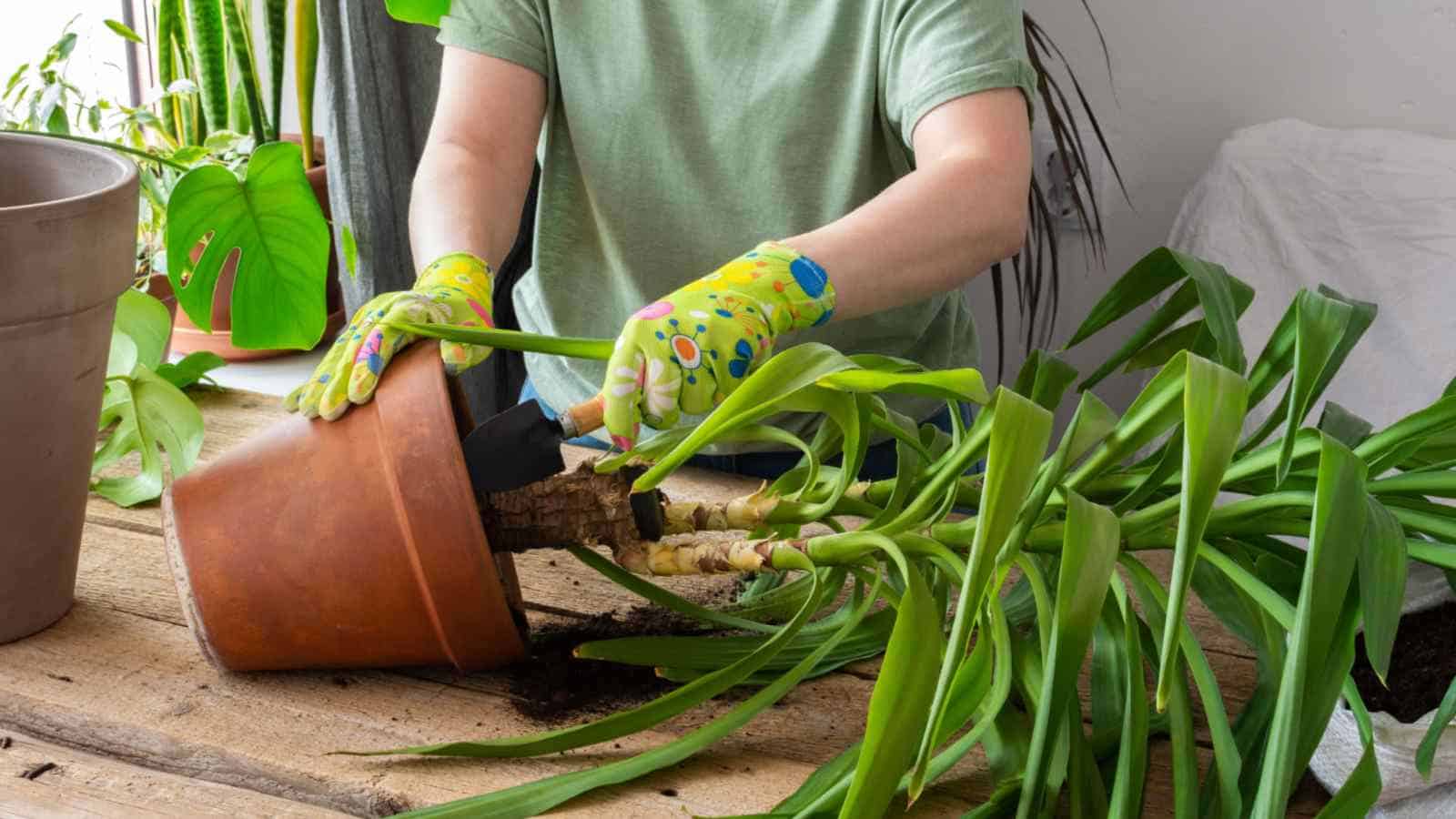
When you’re taking care of yucca plants, you need to know that they don’t need a lot of fertilizer. These tough succulents are not big eaters. For the best care, use a balanced liquid fertilizer that’s been diluted during the growing season, which usually goes from spring to early summer. Look for a fertilizer with an NPK ratio of about 10-10-10 or something similar and balanced. Make it weaker by mixing it with water, about half or a quarter of strength, as too many nutrients can hurt the plant. Apply this diluted mixture once a month when the plant is actively growing. Avoid fertilizing them in the fall and winter when the plant slows down.
5. Enough Watering
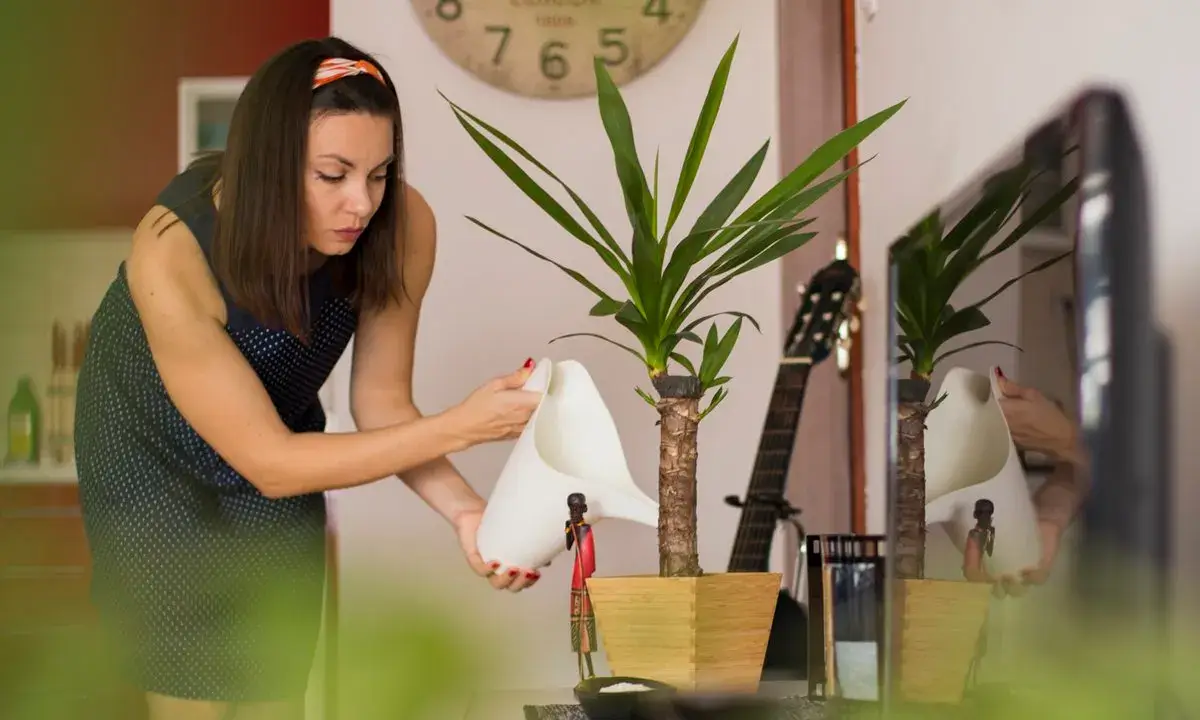
Yucca plants grow in dry conditions and can handle drought well. Giving them too much water can harm them. To take care of your yucca, only water it a little and wait for the top inch or two of the soil to become completely dry before watering again in the growing season, which is usually spring and summer. You can water a bit more often, but ensure the soil dries out between waterings. In the winter, when yuccas are not actively growing, water them much less to mimic their natural environment. When you water, make sure to pour it at the base of the plant, not on the top, to avoid the plant getting too wet, which could cause it to rot.
6. Diseases and Pests
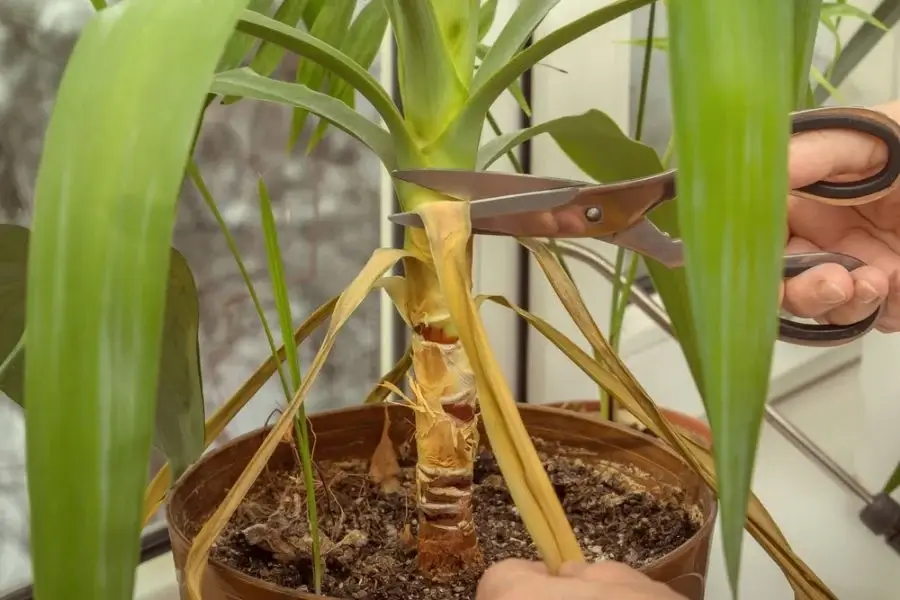
Yucca plants are pretty tough and don’t get sick or bugged too often, which is great news for people who like low-effort gardening. But every once in a while, they might have some trouble with little pests such as mealybugs, scale insects, or spider mites. To keep your yucca plant healthy, all you need to do is check its leaves regularly and if you spot any of these pests. Just wipe them away gently with a wet cloth or use a special soap for bugs, following the instructions on the label. Also, do not water it too much. Make sure it gets enough fresh air, which will stop it from getting fungal diseases.
Conclusion
Taking care of yucca plants is easy. Yuccas like sunlight, so find them a sunny spot, such as a south-facing window. Let the soil dry out between watering, and don’t let them sit in soggy soil.
Use well-draining soil to prevent root rot. If your yucca gets too tall or leggy, trim it back, but be gentle. Feed them some plant food during the growing season, but not too much. Let them chill a bit. They need less water and can handle cooler temps.
With these simple steps, you can keep your yucca happy and healthy.
Be sure to check out these other posts for more fascinating insights

